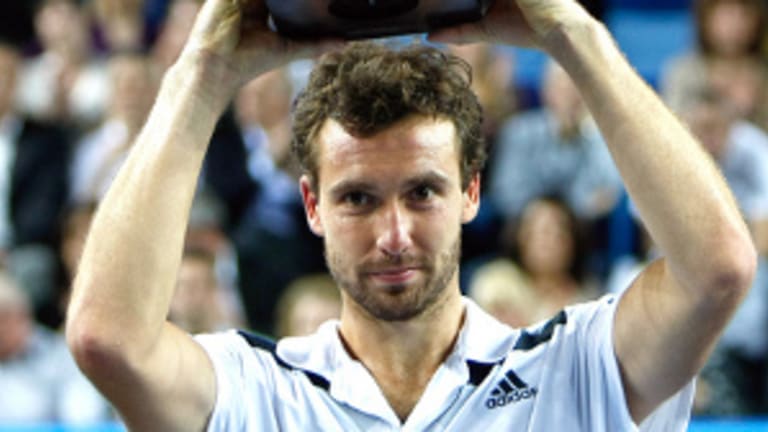Venus Rises Yet Again
In January, after watching Venus lose her first-round match at the Australian Open, I wrote a post comparing her to Lleyton Hewitt. The two of them, it seemed to me at the time, would never be anything like what they once were—i.e., No. 1—but that didn’t mean either of them was going to throw in the towel. Each loves the game enough to keep playing it, whether or not a major title is in sight.
But as much as I admired that love and grit, I didn’t think it would lead to many more titles for Williams or Hewitt. I listened to Venus say that she just needed to play more often, and keep working, and find her rhythm, and stay healthy, and the victories would come. But I’m not sure I totally believed her—it sounded like what she had to say. Now it seems that she may have been right all along. Last week Williams took a wild card into the tournament in Dubai and left with her first title since the fall of 2012 (Venus, of course, knew exactly how many months it had been). More than that, she did it without dropping a set against five players who were ranked higher than her.
“Everything is falling together pretty much,” Williams said of her week. That’s probably something of an understatement, as Venus looked like she hadn’t just brought her best, but had returned to an earlier version of herself. The wild forehands, erratic play, and physical difficulties that have plagued her since she announced that she has Sjogren’s Syndrome three years ago were out; the old confidence and consistency were back in.
Williams says she’s enjoying every match and savoring every moment on court, but she also added that she’s “learned from my losses, some of which have been close.” One of those close losses came to Petra Kvitova in a third-set tiebreaker two weeks ago in Doha. Has Venus been channeling Stan Wawrinka? It seems that he’s not the only one who can “fail better.” Good for Venus, who is back in the Top 30, for showing us—and in particular, her younger U.S. colleagues—that the game can still be loved, and learned from, after 20 years on tour.
